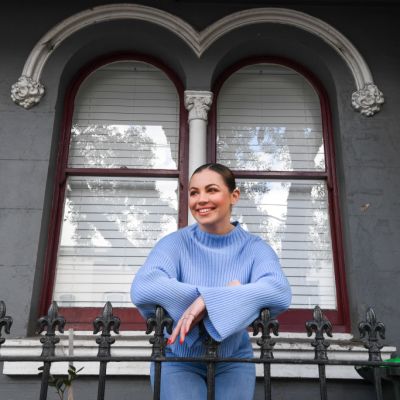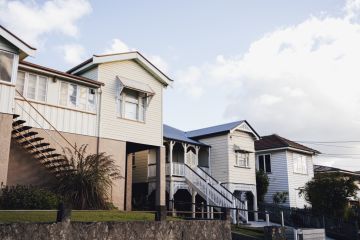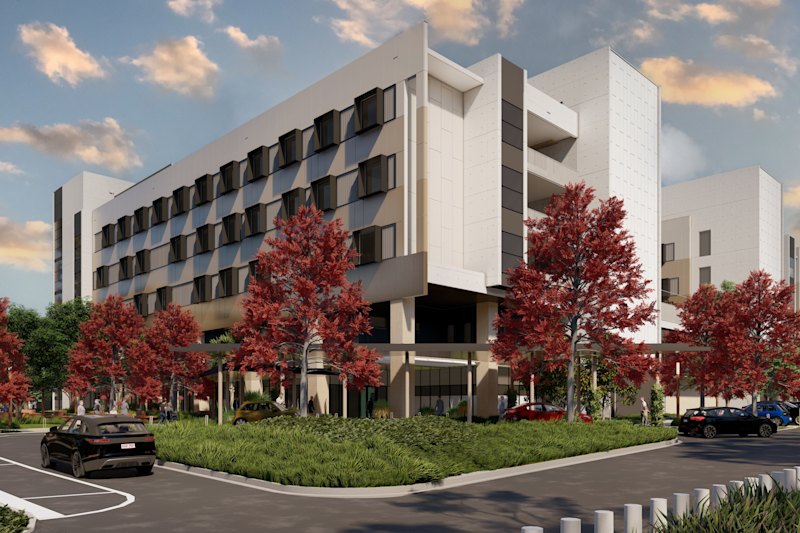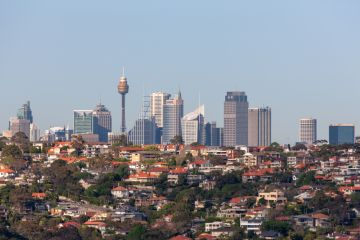Where rents are falling most across Australian cities: Domain Rent Report

If there’s one thing Sydney and Melbourne are not known for, it’s cheap rental properties.
But the latest figures are in and it’s official: renting in Australia’s two largest capital cities, for units at least, is cheaper than it has been in years.
The latest Domain Rent Report, released on Thursday, found that while both cities saw house rents increase over the quarter – by 1.9 per cent in Sydney and 2.3 per cent in Melbourne – unit rents fell by 1 per cent and 3.6 per cent respectively.
The biggest bargains to be had are in some of Sydney’s most expensive suburbs. In the lower north shore and in the inner city and eastern suburbs, tenants are now paying the same price for renting a unit that they were in 2013.
In these parts of Sydney, the median rents dropped a whopping 10.9 per cent over the year.
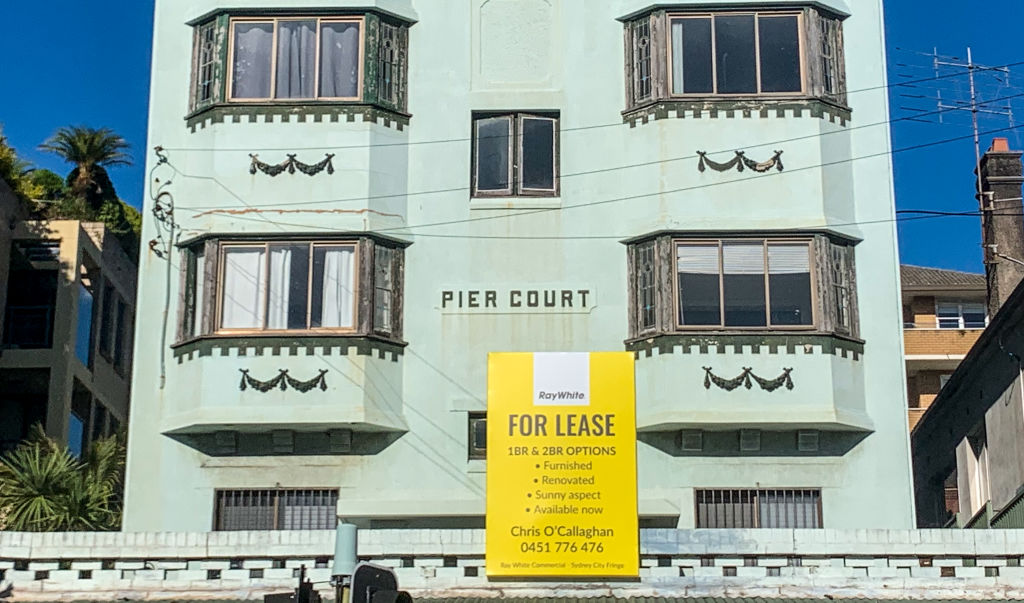
The two regions also saw large annual drops in house rents, which fell $100 to $895 a week in the city and east, and by $53 in the lower north shore to $940 a week.
“Since March, house and unit asking rents in the city and east region have had the largest decline in Sydney – by $125 and $80 a week, respectively,” said Domain senior research analyst Nicola Powell.
“This is followed by a $70 a week reduction to unit asking rents in the lower north shore. These are the only areas in Sydney to record double-digit percentage falls over this six-month period.”
Unit rents, September quarter 2020 – capital cities
City
Median weekly rent
QoQ
YoY
Sydney
$495
-1%
-4.8%
Melbourne
$400
-3.6%
-4.8%
Brisbane
$395
3.9%
3.9%
Adelaide
$340
6.3%
9.7%
Perth
$340
6.3%
9.7%
Canberra
$480
1.1%
3.2%
Darwin
$390
2.6%
2.6%
Hobart
$400
5.3%
1.3%
National
$447
-0.8%
-2.9%
Source: Domain Rent Report, September quarter 2020
Bargains are also likely to be found across Sydney’s upper north shore, north west, inner west and Canterbury Bankstown regions, where rents also fell more than 5 per cent, saving tenants between $20 and $40 a week.
“Tenants in the inner city will have benefited from greater falls in asking rents and be better placed to negotiate than those in outer suburbs,” Dr Powell said.
It’s a similar story in Melbourne, where potential bargains can be found in the inner city. Unit asking prices have fallen by 10.6 per cent over the past year – a very significant $50 a week – to $420 a week. Houses rents dropped by $25 a week.

The inner east and inner south are also up for negotiation having seen decent price falls, with rents in both $25 lower year-on-year. They also recorded smaller house rent declines, with respective drops of $20 and $5 a week.
The pandemic and tough restrictions in Melbourne had changed the city’s rental market dramatically in a matter of months, Dr Powell said.
“Melbourne has become a tenants’ market, with the number of vacant rental properties more than doubling since March, though this is magnified in inner-city areas,” she said.
While tenants may have the upper hand in Sydney and Melbourne, elsewhere in Australia rents are back on the rise.
The median house rent across Australia’s capital cities climbed 2.9 per cent over the September quarter to an asking rent of $460 a week, the data showed.
House rents, September quarter 2020 – capital cities
| City | Median weekly rent | QoQ | YoY |
| Sydney | $540 | 1.9% | 2.9% |
| Melbourne | $440 | 2.3% | 2.3% |
| Brisbane | $415 | 3.8% | 2.5% |
| Adelaide | $405 | 2.5% | 5.2% |
| Perth | $395 | 6.8% | 6.8% |
| Canberra | $580 | 1.8% | 5.5% |
| Darwin | $490 | 2.1% | 0% |
| Hobart | $450 | 0% | 0% |
| National | $460 | 2.9% | 3.2% |
Source: Domain Rent Report, September quarter 2020
However unit prices have declined further, falling $20 since the March quarter to a median of $447 a week. It’s the sharpest price drop seen over two quarters in at least 16 years, but the rate of price falls in slowing – with unit rents only down a further 0.8 per cent over the past three months.
“Fragmented conditions in the rental market remain evident in the September quarter, with weaker unit rents compared to houses,” said Dr Powell.
“This is particularly so in inner-city areas which are more susceptible to changes in overseas migration and international students, tourism and job losses associated with COVID-19.”
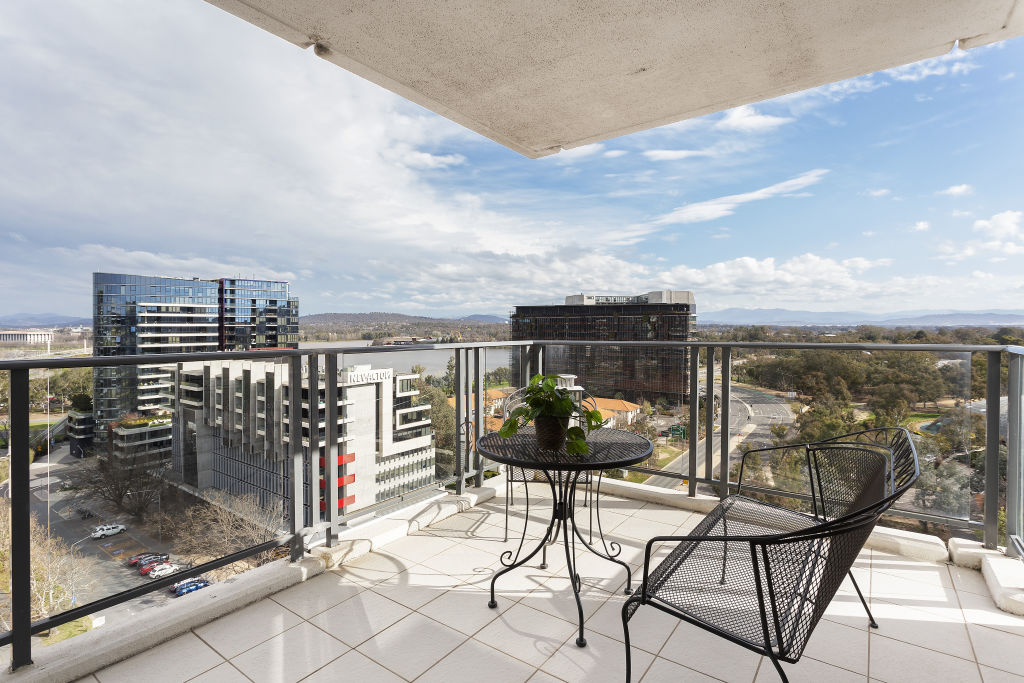
Rents increased across all capitals over the quarter, with the exception of house rents in Hobart which were flat over the past three months – after falling 9.5 per cent over the June quarter.
In Canberra, the nation’s most expensive city for rental houses, prices were back to pre-pandemic levels. House rents jumped $10 a week to $580, while rents jumped $5 to $480 – making them only $15 cheaper than Sydney units.
Some regions did see quarterly price falls, with house rents dropping between $10 and $20 across Gungahlin, Greater Queanbeyan and North Canberra, but were still more expensive year-on-year. Rents were also down marginally for units in South Canberra over the year.
Dr Powell said it was important for tenants to do their research to keep across current rents in their market, and seek a reduction if appropriate.
“Tenants have a unique opportunity during this rental shift, whether by nabbing a lower price or being able to afford a home with more amenities,” she said.
Brisbane tenants have less wiggle room on price with rents at a record high, after rising 3.8 per cent for houses to $415 and 3.9 per cent to $395 for units.
Redlands, south east of Brisbane, was the only region where unit rents were down over the year, falling just $10 to $400 a week.
Prices stayed flat for both units and houses on the Gold Coast and in Logan, with rents also flat for houses in Redlands and Ipswich. Meanwhile Scenic Rim, south west of Brisbane, saw a marginal quarterly decline of just $3 a week.
Rents in Adelaide were also at a record high, at $405 a week for houses and $340 for units, with units recording the strongest quarterly gain of all capitals, along with Perth – where the median unit rent jumped to $340.
The WA capital also had the highest rent hike for houses, with rents up 6.8 per cent to $395 a week, the city’s sharpest increase since 2012.
“This is a significant turnaround and unfamiliar territory for tenants who have been in the driving seat, following many years of falling rents,” Dr Powell said.
“Tenants may be disinclined to move as, given the rapid rent rise in recent months, many will now be paying below market rate.”
Rents also rose in Darwin, with both houses and unit medians increasing by $10 over the quarter, making it the first time unit rents have been up year on year there since mid-2014.
Meanwhile, Hobart unit rents regained half the losses they saw over the June quarter, with the median jumping to $400 – making it the same price as renting a unit in Melbourne.
We thought you might like
States
Capital Cities
Capital Cities - Rentals
Popular Areas
Allhomes
More
